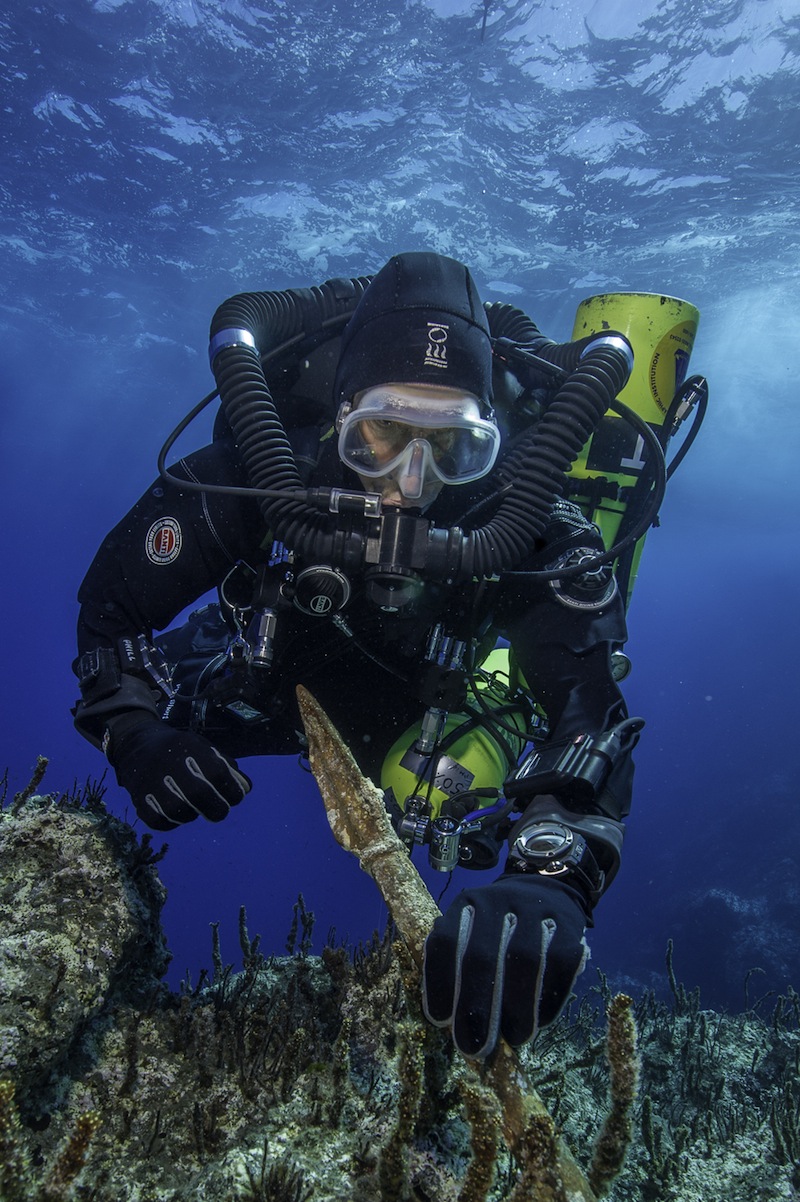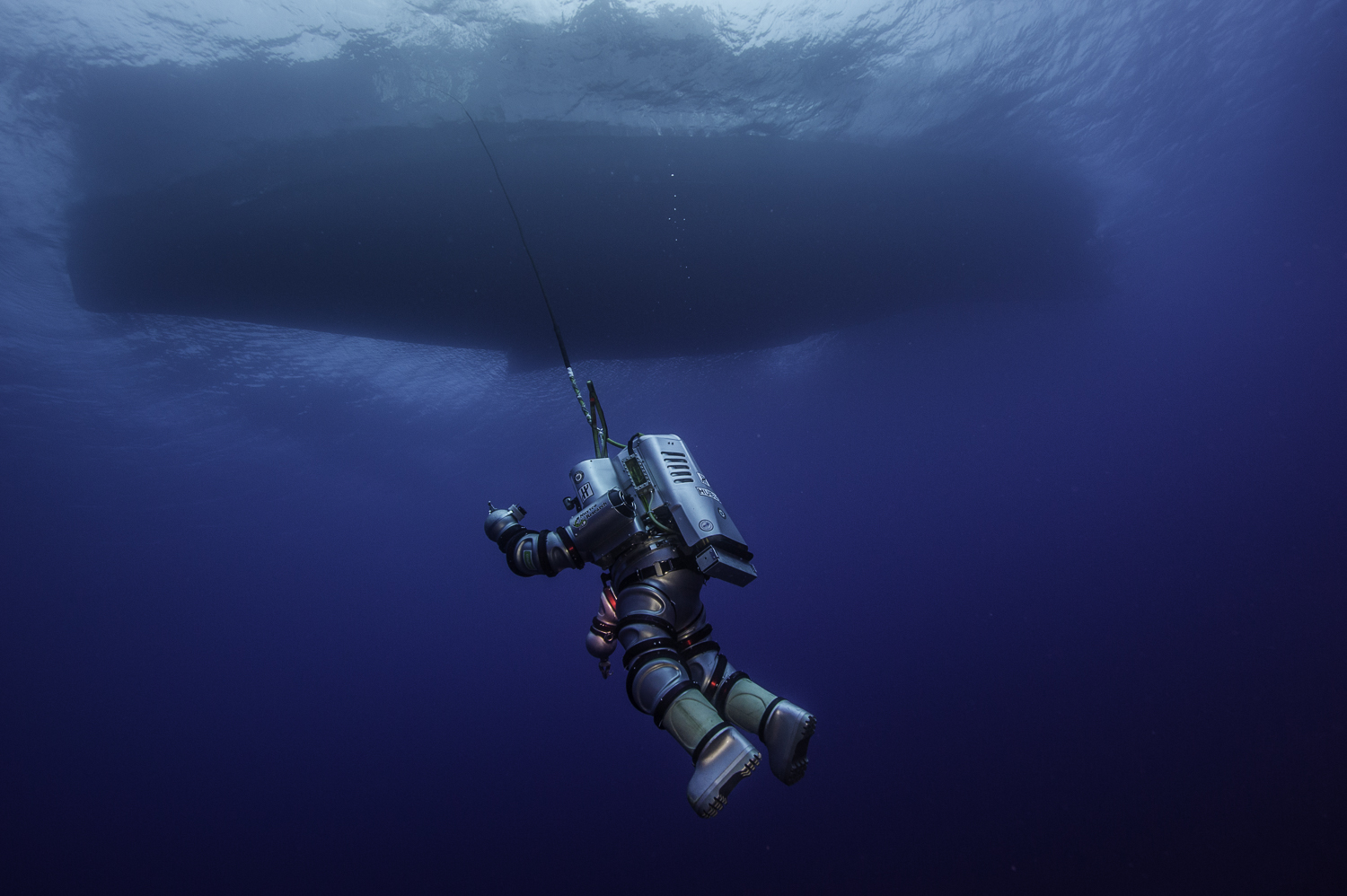Buried Treasures Pulled from 'Titanic of Ancient World'

Ancient tableware, lead anchors and a giant bronze spear have been recovered during an expedition to the 2,000-year-old Antikythera shipwreck in Greece.
The treasure-filled sunken ship was first discovered more than a century ago. Now, undersea excavators who are revisiting the wreck say it actually covers a much bigger area than expected. [PHOTOS: Mission to 2,000-Year-Old Antikythera Shipwreck]
"The evidence shows this is the largest ancient shipwreck ever discovered," Brendan Foley, a marine archaeologist from the Woods Hole Oceanographic Institution (WHOI) in Massachusetts, said in a statement. "It's the Titanic of the ancient world."
Over the past few weeks, Foley and his colleagues used a suite of high-tech equipment — they even tested a semi-robotic Exosuit for diving — to explore the famed Antikythera wreck.
The ship, heavy with luxury goods, likely sank sometime between 70 B.C. and 60 B.C. on its way from Asia Minor west to Rome. Sponge fishermen found the wreck in 1900 off the coast of Antikythera, a small Greek island with sheer cliffs positioned along an ancient shipping route. The items those first divers salvaged at the time were sensational: bronze and marble statues of heroes and horses, jewelry, furniture, glassware and the Antikythera mechanism, a complex astronomical calculator. But exploring the site at the time, 180 feet (55 meters) below the surface, proved dangerous. One diver died of the bends and two were left paralyzed, according to WHOI.
Jacques Cousteau revisited the Antikythera wreck decades later and pulled up even more tantalizing objects. To find out what else might be buried beneath the seafloor, Foley and his partners at the Greek Ministry of Culture launched a mission, dubbed the "Return to Antikythera." Their first excavation season of the mission lasted from Sept. 15 to Oct. 7.
New high-resolution, 3D maps of the site — obtained with a camera-equipped autonomous underwater vehicle — suggest the wreckage might span across 984 feet (300 m) of the seafloor and that the ship was perhaps up to 164 feet (50 m) long, according to WHOI.
Get the world’s most fascinating discoveries delivered straight to your inbox.
Divers then used rebreather technology, which allowed them to stay at the site for up to three hours at a time and dig up some artifacts. They recovered multiple lead anchors and a bronze rigging ring with bits of wood still attached — objects the scientists have interpreted as encouraging hints that much of the ship survives under the sand.
An intact table jug, a piece of an ornate bed leg and a 6.5-foot-long (2 m) bronze spear were also buried just beneath the sediment. The spear was likely part of a statue of a warrior or the goddess Athena — or perhaps it was part of a larger warrior-and-chariot sculpture, Foley said. The sponge divers found four giant marble horses at the wreck a century ago.
The team plans to return next year for further excavations, because, as Theotokis Theodoulou of the Hellenic Ephorate of Underwater Antiquities, said: "We have a lot of work to do at this site to uncover its secrets."
Follow Megan Gannon on Twitter and Google+. Follow us @livescience, Facebook & Google+. Original article on Live Science.




